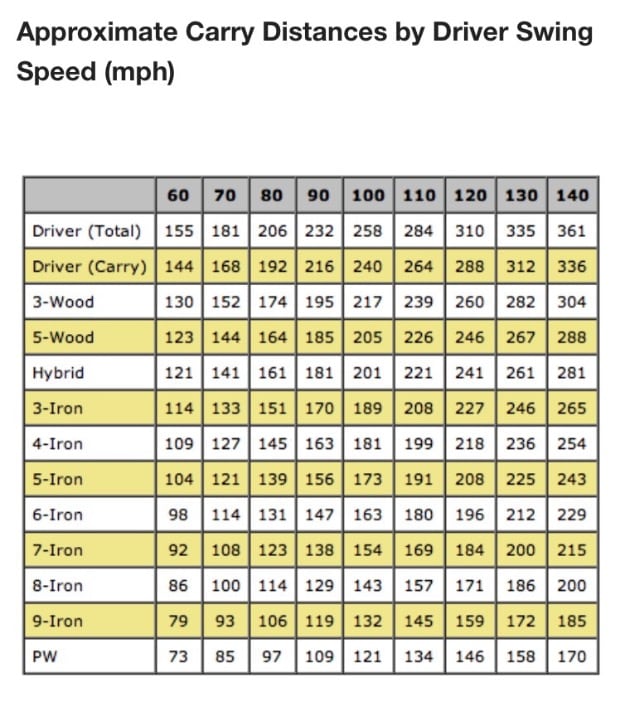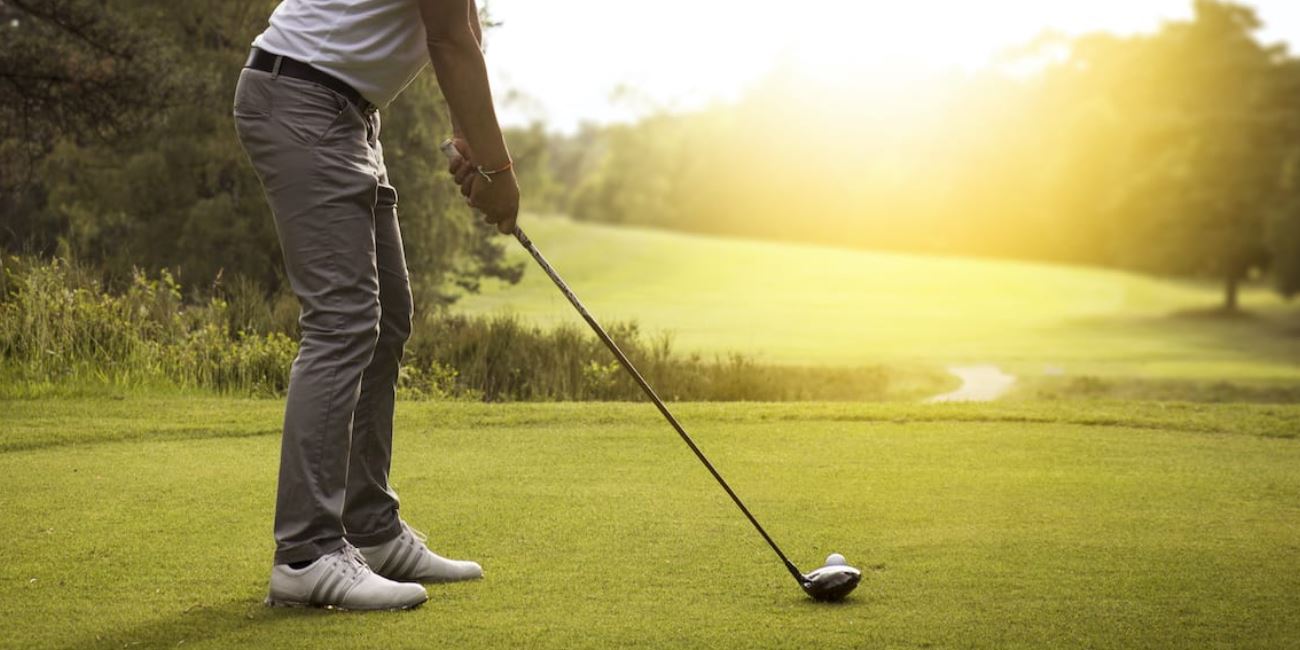
Many golfers prefer a slow-rolling putting green because it does not require them to pound the ball to get it to the hole. A golf practice green allows golfers to improve their touch and finesse. Golfers can make big gains by practicing on a putting green. Golf practice greens are usually suitable for putts of around 10 feet, and are designed with contour pads to create variations in break and speed. They are heavy, weighing 122 pounds, and are designed to be laid on non-flat surfaces. They are loved by golfers for their high quality construction and pure rolling.
Dimensions of a putt green

Your golf putting green's size is crucial for many reasons. You want to improve your putting. A smaller green can lead to boredom and inebriation. You can avoid this by measuring the area of your yard prior to purchasing a golf green. A proper putting-green should be at minimum ten feet in length and six to eight inches wide. It should look like a golf course green. Your putting game will improve if the turf is more realistic.
It is important to know the price of a putting course. Typically, more expensive greens are better quality and more durable. It's also important to consider its size and the material it is made of. Larger greens will be more difficult for you to move. However, smaller greens can be easily rolled up or stored. Make sure you have enough room to move your putting green when you want to move it. You should remember that not all prices are equal to quality. Do your research before you make your final decision.
Types of putting greens
Different golf putting areas are available to suit different tastes. You can find greens that are flat and smooth like the carpeting in a high-end hotel lobby. Or you can find rougher ones with grass patches or dirt. No matter what style you like, putting holes will enhance your game. They can even make your game more enjoyable. If you're serious about improving your game, consider using a variety of different putting greens in order to improve your putting skills.
Modern putting courses have extensive internal drainage systems. These pipes are submerged beneath the green’s soil. These pipes will fill up with water during a rainy season. It is unhealthy for turfgrass to have a muddy putting green soil. To improve the soils of putting greens, aeration is recommended.
Price of a putt green

There are two types of putting greens available: natural and synthetic. The price of synthetic greens is anywhere from $15 to $25 for each square foot. Both types of greens require regular maintenance, which is time-consuming and expensive. Many homeowners prefer synthetic greens due to these issues. A course that is putting green at a high-level can set you back as much as $60,000. But there are other types of putting greens that are equally affordable for homeowners.
Most putting greens are made from polypropylene turf. The turf has a sandy fill that allows the ball to land in the correct place on the green. Polypropylene greens are less expensive than their nylon counterparts, but the upkeep is a bit higher. But mastering the art is worth the additional cost. If you are interested in chipping practice, polypropylene Greens are the best choice.
FAQ
What time is best to play Golf?
Golf is best played between May and September. This time, it is usually mild and there is no rain.
During the winter months, the weather can get very cold. Additionally, it can be difficult to walk the fairways when there is snowfall.
Spring and autumn can be difficult because the grass grows too high.
How does a great golf swing look?
Balance is the key to a successful swing on the golf course. Balance refers to being steady throughout all movement. Balance is about having strong arms and relaxed hands when you are swinging the club. You should ensure that your shoulders meet the target line.
Keep your head up during the backswing. Then, follow through. Swing gracefully and avoid jerking the wrists. Use force when hitting the ball. Instead, you should focus on fluid, smooth movements.
How does golf work?
The game of golf is played on an 18-hole course using a set of rules called the Rules of Golf.
The first stroke is taken from behind a designated teeing area. Players take turns hitting the balls into holes placed at various distances throughout the course. Each hole has a number of strokes that are determined by its distance from the teeing zone.
There are three types main shots in the game golf:
-
Players use clubs to hit the ball as far and high as they can in a drive shot. This shot is considered to be the most important.
-
Players aim for the ball to strike within a defined range in an approach shot.
-
A putt where players try to place the ball in the cup using rolling it along the ground.
The player must finish each hole by making all of his/her putts. A player who fails to complete each hole by sinking all his/her own putts loses one stroke.
Players may also choose to play with a partner or caddy who will hold and carry their club during a round. Although they are not allowed to influence the outcome of a match, the caddie can help the player with strategy and etiquette advice.
What is a bogey, you ask?
A bogey, or bogey, is a number that golfers use as a target. It is not part of the game. Instead, it serves as a scoring system. The hole is won if the player shoots closest the number.
Jock Utchison, the first professional Scots golfer, came up with the idea for a bogey. The idea was formed while he was playing at home.
He wanted to keep track his progress so he wrote down a number and stuck it to the wall over his bed. This was later called the "Hutchy Bogey."
What items should I take with me on a golf vacation?
Bring along some snacks and drinks. Also, remember to pack your favorite tee shirt, sunglasses, gloves, and towels.
Statistics
- In the United States, women made up 25 percent of golfers in 2021, which was up from 19 percent in 2011, and junior female golfers account for 35 percent or 1.1 million golfers.[50] (en.wikipedia.org)
- He shanked the first attempt, but it is estimated his second went more than 200 yards (180 m).[52]Golf courses worldwide. Below are the top 20 countries with the most golf courses as of 2019.[53]CountryNumber of (en.wikipedia.org)
- They do this by means of assessing and rating courses according to the average good score of a "bogey golfer," a player with a handicap of around 20. (en.wikipedia.org)
- They do this by means of assessing and rating courses according to the average good score of a "bogey golfer," a player with a handicap of around 20. (en.wikipedia.org)
External Links
How To
How to Hit the Straightest Golf Ball
The most talked about topic in history is how to hit the ball straight. There have been many methods to achieve the desired result. These include hitting the ball with a club, throwing the ball at the target, or even hitting the ball with your bare hands.
Before you can hit the ball straight, it is important to understand how the ball works. Next, you will need to learn how to select the best tool for the job. The final step is to practice swinging the golf club correctly. Once you master these three steps, you'll be able to use them to hit the ball straight every time.
Remember that your goal when practicing is to hit it squarely. You want it to land at a precise spot on the ground. You can cause the ball to veer off track by hitting it too high or too low.
Follow this simple guideline to hit the ball hard.
-
Grip the club firmly. Your grip should be firm but comfortable so that the club can be held securely.
-
Your stance should be set. Your feet should form an L shape when you are standing over the ball. Your body weight should evenly be distributed between your legs.
-
Swing the club back and forth as fast as possible. As soon as the clubhead reaches its highest point, pause briefly before bringing it down again. Keep going until you make one revolution.
-
Keep your arms straight through the ball's middle. Do not let the club swing to either side.
-
Keep the clubface square to the target line. Maintain the clubface parallel and level with the ground.
-
Make sure you make contact with it. Avoid striking it too softly.
-
The sweet spot should be about halfway between the top of the ball and the bottom. This will ensure that the ball is true to flight.
-
If you are using your driver, aim towards the middle of the fairway. If you're using a driver, aim for middle of the fairway with a long iron.
-
You can practice your technique by swinging at small targets such as brick walls or trees.
-
After several months, you should start to see improvement in your game.
-
You can improve your golf game by learning new techniques.